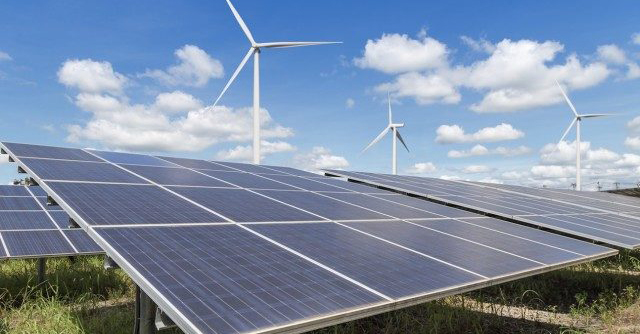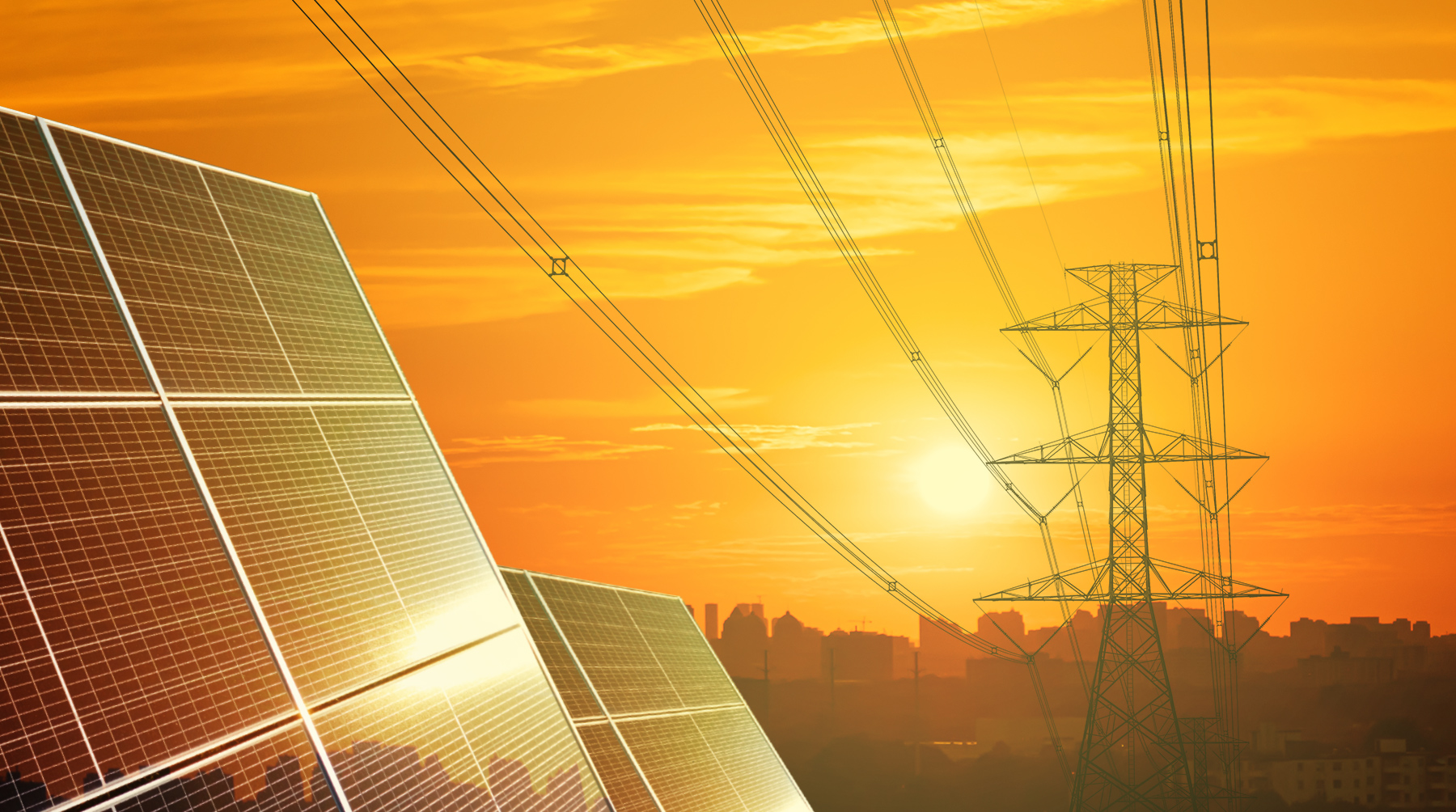In Australia, there has been a continuous increase in the uptake of renewable energy options both on a residential and commercial scale. With this trend set to continue, as a country we’re well and truly set to reach the 100% renewable energy target by early in the 2030s.
But how are each of the states and territories contributing to reaching this target?
Western Australia
WA has always been well placed to take advantage of the renewable energy trend. Typically focusing on solar and wind, they are set to deliver the second and largest grid-connected hybrid wind and solar facility.
As part of a late push into large scale renewables, in August the decision was made to add a 17.5 megawatt solar farm to the 130 megawatt Badgingarra wind park near Geraldton. Badgingarra will be the second of its kind in the state, after the Emu Downs wind and solar parks also near Geraldton.
South Australia
The stars of renewables in Australia, South Australia is currently leading the nation in the uptake of both wind and rooftop solar in Australia. South Australia’s renewable sources account for more than 40% of electricity generated in the state.
The Cultana solar project is another exciting project happening in the state’s Upper Spencer Gulf region. It is set to include 780,000 solar panels capable of generating 600GWh of energy generation per year – enough to power 96,000 homes while offsetting 492,000 tonnes of carbon dioxide.
They are also taking lead in battery technology – to help capitalise on all of this renewable energy. A new 140 megawatt-hours battery farm is planned to help store wind power from a wind farm near Adelaide.
Under the new state government’s $100 million rebate scheme, 40,000 households will also be eligible for subsidies to install batteries into their homes.
Victoria
Six renewable energy plants are planned for Victoria by 2020. Three new solar and three new wind farms will output 928 megawatts, capable of power 645,000 homes.
A similar number of homes in the state will also benefit from half-price rooftop solar panels being offered by the government as part of a $1.24 billion Solar Homes scheme that was announced in August. Homes which are earning less than $180,000 per year, where the home is valued at less than $3 million will be eligible for the scheme. Should the Labour government get elected in November, a battery rebate will also be on the cards for Victorians!
Queensland
Energy Minister of the sunshine state, Dr Anthony Lynham said they will have 2,164 megawatts of renewable energy ready by mid-2019. That’s enough energy to power 800,000 homes, according to the Clean Energy Council.
At least one wind and 11 solar farms worth $6 billion have been approved to date and will contribute to this.
The first project – a solar farm near Dalby – will have approximately 430,000 solar panels across 250 hectares. This is due to be completed by the end of 2018.
In July, construction started on Stage 2 bulk earthworks for the 100 megawatt Yarranlea solar farm in Pittsworth. The farm will utilise the latest PV panel technology and eventually integrate battery storage to allow it to supply power to the grid during peak periods.
The University of Queensland is also getting on board driving the renewable energy target. It is actually set to become the first University in the world to offset 100% of its electricity needs from its own renewable energy assets.
Great news for if you’re in Queensland. We have just been approved to participate in the new rebate scheme. Keep an eye out on our website for updates on this once it’s live!
New South Wales
In August this year the Premier Gladys Berejiklian earmarked $85 million for the development of clean energy projects and backup power systems in regional areas of NSW with a view to reducing household power bills.
This funding included money to help the private sector develop and accelerate clean energy technology for regional communities, such as pumped hydro.
The latest initiatives follow the government’s earlier commitment to major investment in energy efficiency measures, including funding for energy efficiency upgrades for families and businesses, energy efficient bulbs in 60,000 street lights, and solar panels for homes and Government buildings.
Tasmania
This island state of Australia began investigating the potential of wind and hydropower energy in 2017 via its ‘Battery of the Nation’ initiative.
This initiative aims to offer Tasmanians clean, reliable and affordable energy.
A study released by Hydro Tasmania states that pumped hydro could have the potential capacity to generate 4,800 MW of energy across 14 sites in Tasmania.
Be part of helping Australia reach its renewable energy targets. Request a quote today.



